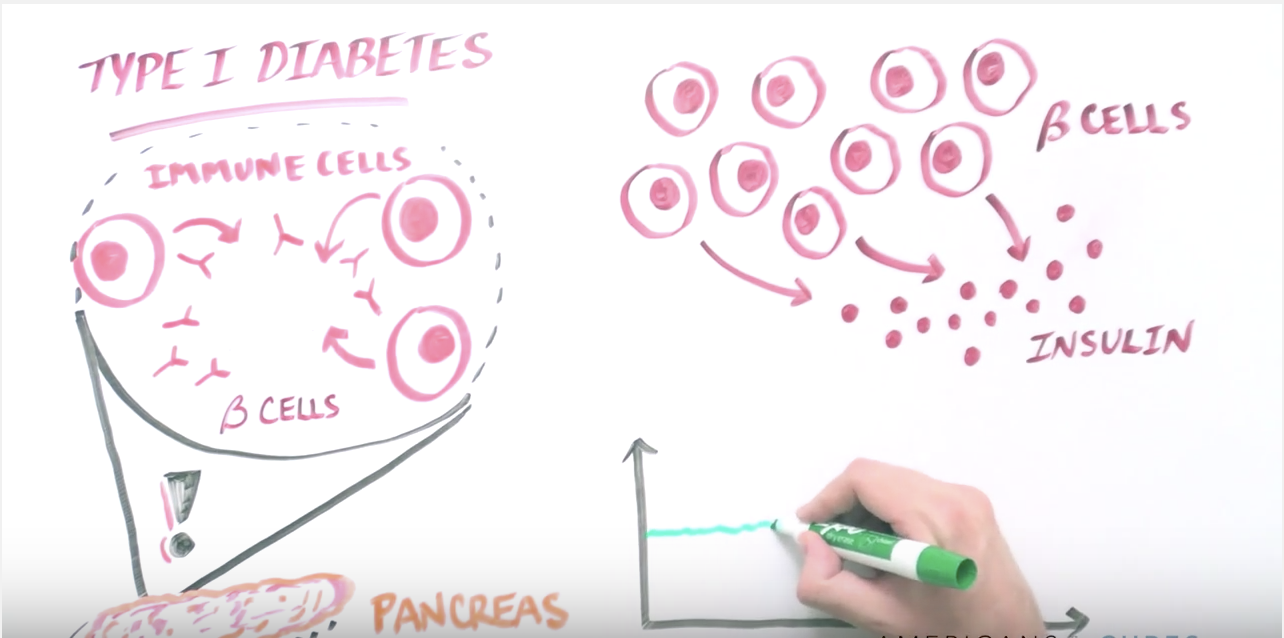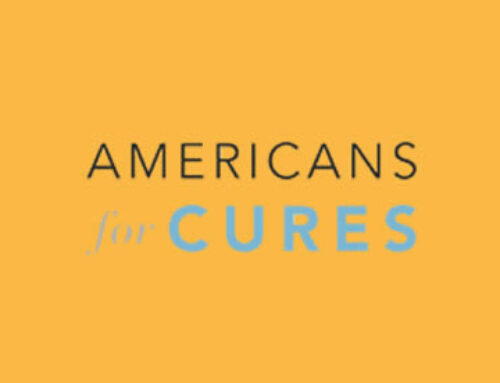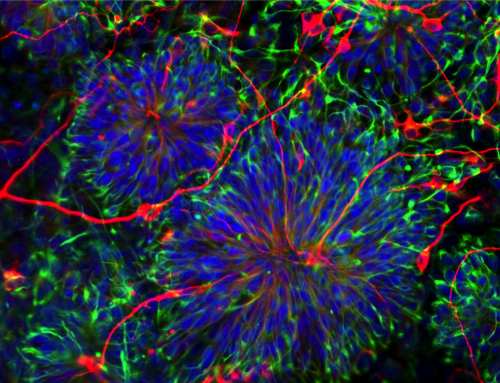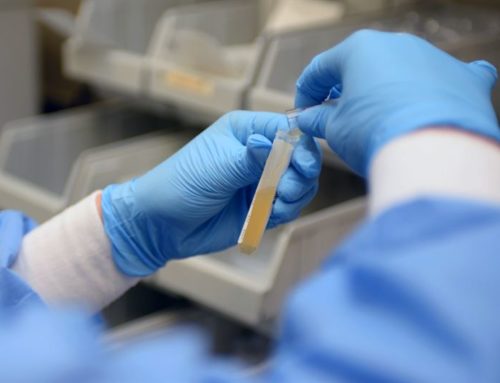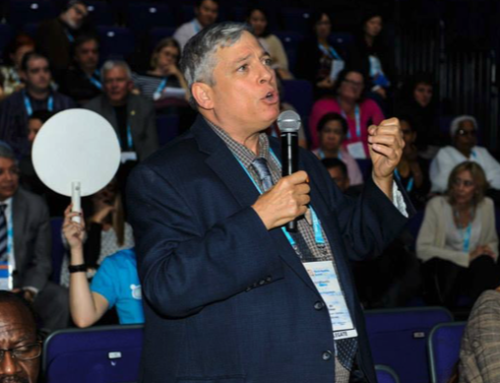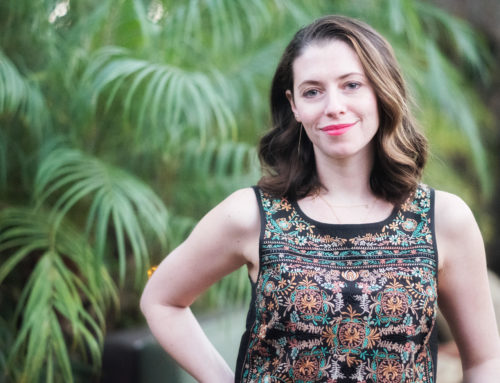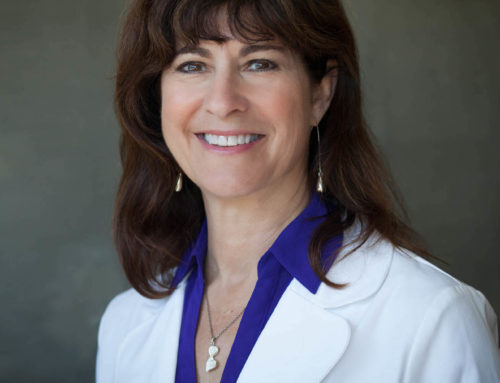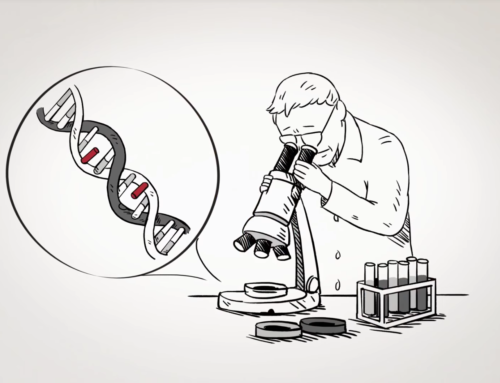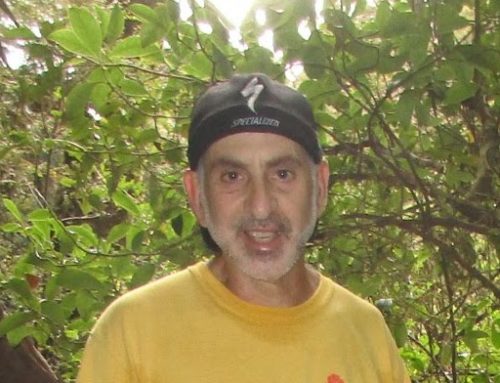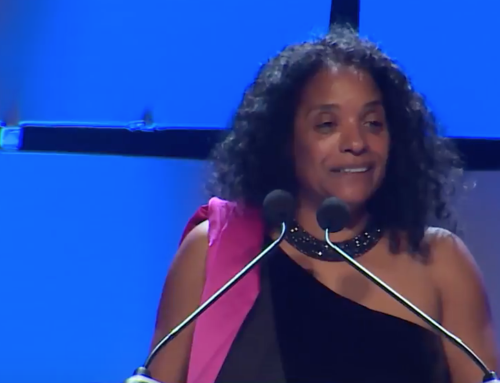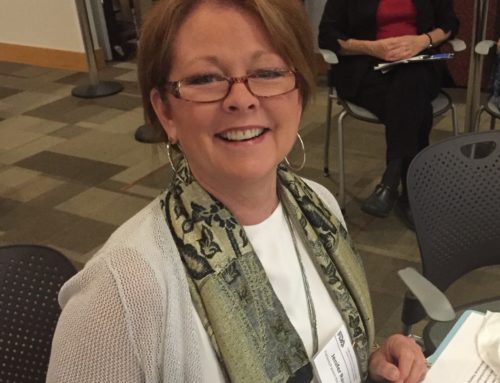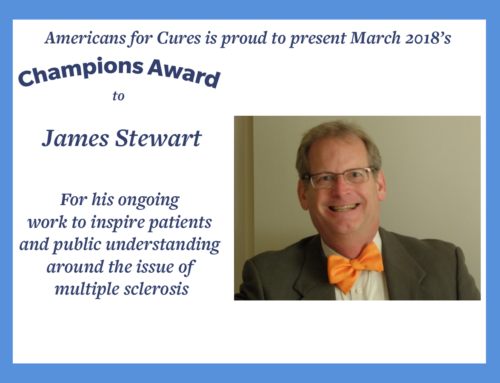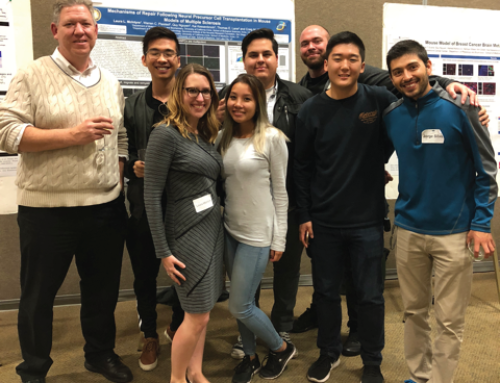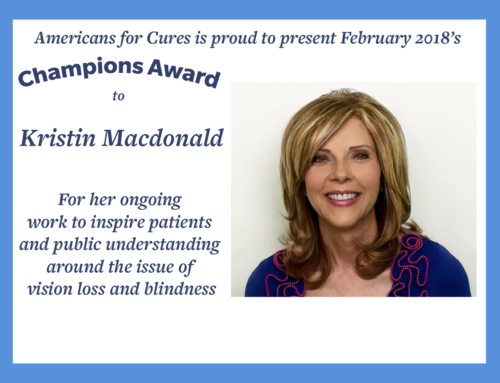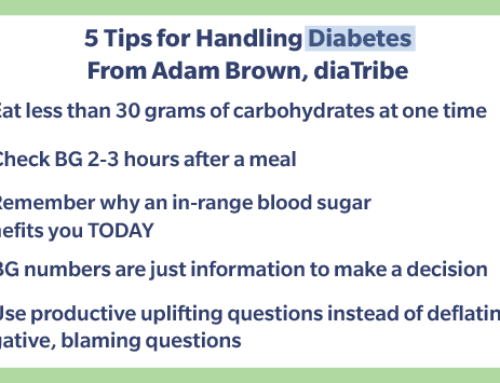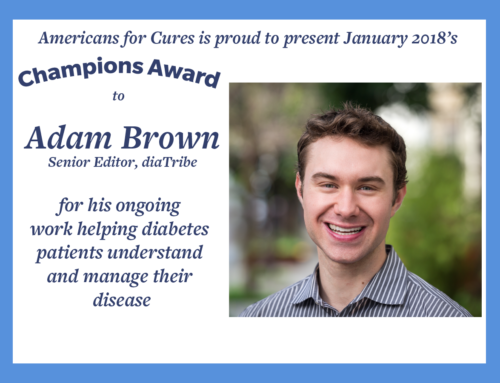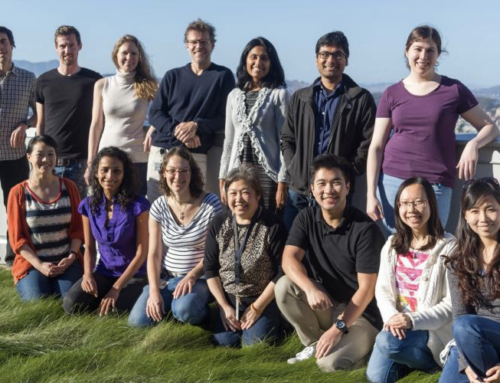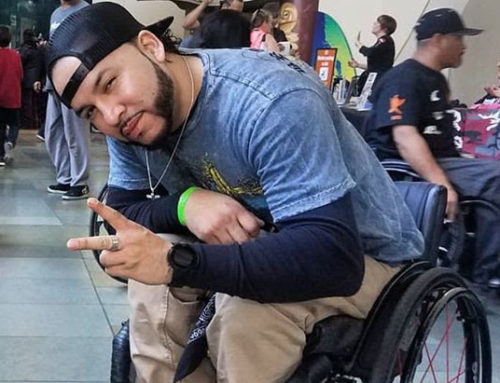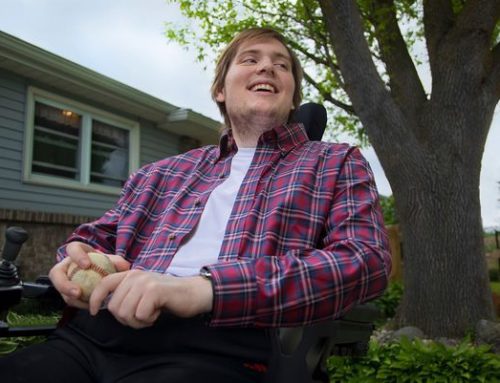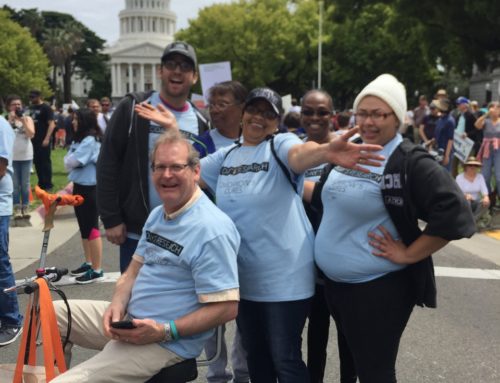My cousin Michael lay on his back in the hospital bed. A tube ran from the top of his right foot down to a plastic bag of dark liquid.
Mike has diabetes, and the circulation in his foot had been shutting down: the skin was turning black. Two days ago, the doctor used a marker pen to draw a circle around the base of his toe.
“If the darkness gets to that line,” he said, “We will have no choice but to amputate.”
Today the toe was gone.
“Take a look,” said Mike, pulling back a layer of bandage.
A two-second glimpse, and I turned my head away.
Question: if stem cells could cure diabetes and help people like Mike, would that be a good thing? Surprisingly, some might say no.
During the campaign to pass Proposition 71, the citizens’ initiative which led to California’s stem cell research program, a friend of our family asked me:
“Where do you keep the babies?”
“What babies?”
“The ones you get the spare parts from, like they told us about in church.”
She had been hearing statements like:
“It (embryonic stem cell research) is indisputably killing”, said Douglas Johnson, legislative director for the National Right to Life Committee in Washington, “Living human beings should not be used for harmful research without their consent.”
https://www.csmonitor.com/2001/0313/p2s1.html
Fortunately, that is completely wrong.
In embryonic stem cell research, there are no “living human beings” involved — — except, perhaps, a person being healed.
There is living tissue, yes: like a growing hair or a heart cell, each of which contains the full DNA makeup of a person: but not a life.
You can prove that for yourself. First, are we agreed that you cannot have a baby without the shelter of the mother’s womb? Hold that thought.
Now, let’s see exactly where embryonic stem cells come from: left over materials from the In Vitro Fertilization (IVF) process.
A couple wanting help making a child goes to the IVF clinic. They contribute sperm and eggs; from these the doctor puts together 15–20 blastocysts (fertilized eggs). The strongest one or perhaps two is put into the mother’s womb. There, it is hoped, it may implant in the uterine wall, and become a child.
This procedure has been done successfully by more than five million families around the world.
Brynner, J. “Five million babies born from IVF…” NBC News, July 12, 2003
But what about the other dozen blastocysts? Unless placed in the womb, it is biologically impossible for them to become a child, ever. So where do they go?
So small they could fit on the point of a needle, the microscopic bits may be frozen and stored (at a monthly fee), or given to another couple (not often), or, (most commonly) discarded: flushed away, incinerated, tossed in the landfill — or donated to research. Many people would prefer something positive come from their fertilized eggs, instead of just tossing them away.
If the decision to donate is made, the blastocyst is taken apart under a microscope. It feels no pain; it cannot, having no nerves.
The stem cells are extracted and put in a Petri dish of feeder gel.
http: //www.cirm.ca.gov/our-progress/myths-and-misconceptions-about-stem-cell-research.
I have seen the dish of orange gel, and what looks like dust, the infinitesimally tiny stem cells. That is what we are talking about: cells, cells, nothing but cells — and the possibility of cure.
How badly is cure research needed? Consider three numbers:
1. 29 million Americans have diabetes, roughly 9% of the population.
https://www.diabetes.org/diabetes-basics/statistics/
2. Estimates of the number of paralyzed folks run to 5 million.
https://www.nytimes.com/2009/04/21/health/21para.html
3. And 11 million Americans are losing their sight from macular degeneration, a form of age-related progressive blindness).
https://www.brightfocus.org/macular/about/understanding/facts.html
Why did I choose these particular people?
Because for each condition, an embryonic stem cell (ESC) therapy is in human trials right now, funded in part by the California stem cell program.
1. Diabetes: ViaCyte Inc. has a sturdy “credit card” in which stem cells release insulin. This is being put under the skin of patients, where they won’t even have to think about it. If it works, no more shots, no more amputations, no more diabetes.
https://viacyte.com/clinical/clinical-trials/
2. Paralysis: Asterias Biotherapeutics is giving newly paralyzed patients injections in the spine: to re-insulate damaged nerves, hopefully permitting recovery of function. (Note: recently, six of six patients recovered the use of their hands, an enormous benefit.)
3. Macular degeneration blindness : ESC-derived cells have been placed on a tiny screen and placed in the back of the eye. This is still in the safety testing stage, but already some patients are perceiving light.
Will any of these approaches be a complete answer? Too soon to tell.
But we should treasure our right to find out. Freedom to research is irreplaceable — without it there can be no cures.
That is why our research rights (as well as reasonable regulations) are written into the California state Constitution.
https://www.cirm.ca.gov/sites/default/files/files/about_cirm/prop71.pdf
Thanks to the voters, our research is protected, regulated, and moving ahead.




